Garden
All Garden Content
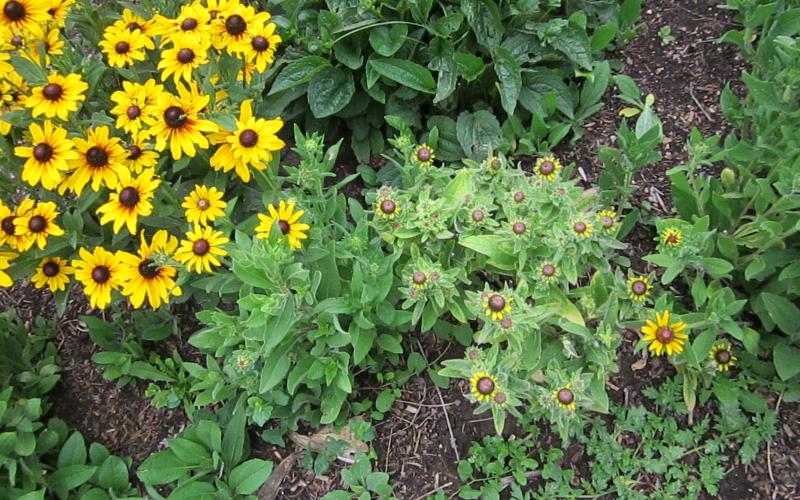
Fall Yard and Garden Cleanup
Before the snow falls, a few tasks can help make for a healthier yard and garden next year.

Do You Need a Thriller in your Garden?
Container gardens can be a great way to continue gardening or expand the way you are gardening and add color to your landscape, no matter what the size.
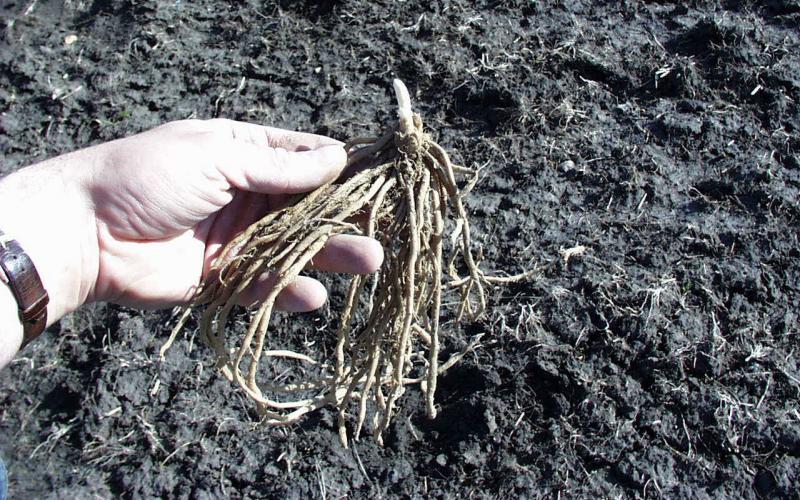
How to Plant Bare-Root Perennials
Many herbaceous perennial plants are sold as bare-root plants. A bare-root plant is just what it sounds like—a plant with bare roots and not growing in a container. Learn how to select, store, and plant these plants.
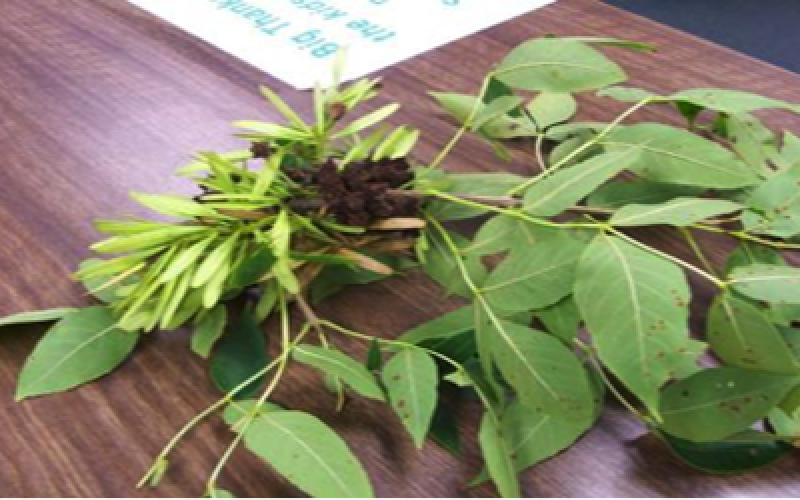
Ash Tree Issues
Ash flower galls are appearing on the twigs of ash throughout the state. The brown to black “balls” hang in clusters beneath the branch shoots. The galls are due to the feeding activity of the ash flower gall mite (Eriophyes fraxiniflora) and this mite only feeds on the male flowers of ash.
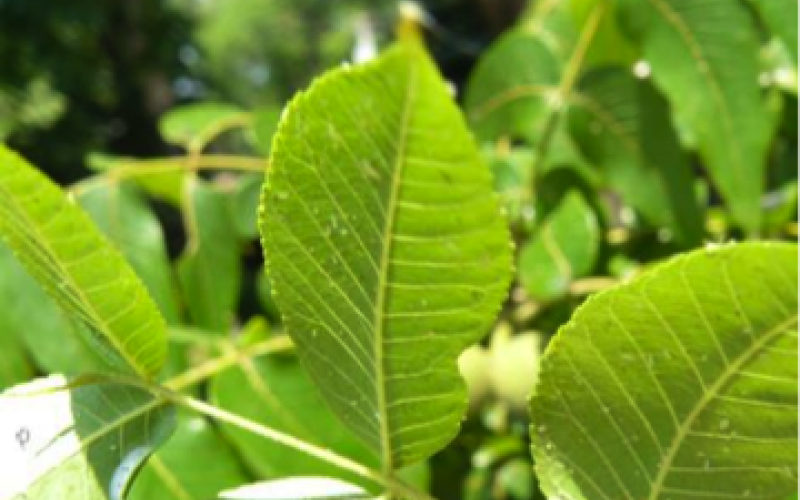
Aphids On Trees
Aphids are appearing on many trees at this time of year and their activity is generally noticed by the abundance of honeydew they excrete on the lower leaves and any plants or objects beneath the tree.
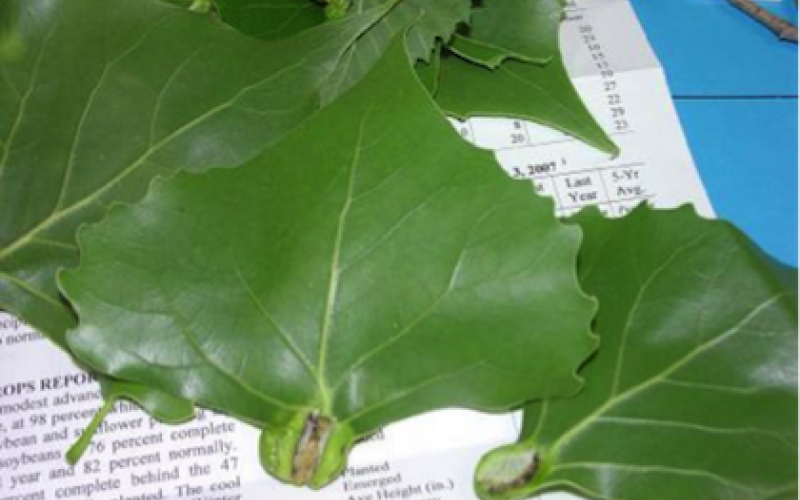
Cottonwood Galls
Just about every year I receive samples of fallen cottonwood leaves with a “bump” at the base and the first one for this year was from Winner. This is the cottonwood petiole gall formed by the feed activity of a very small green aphid.
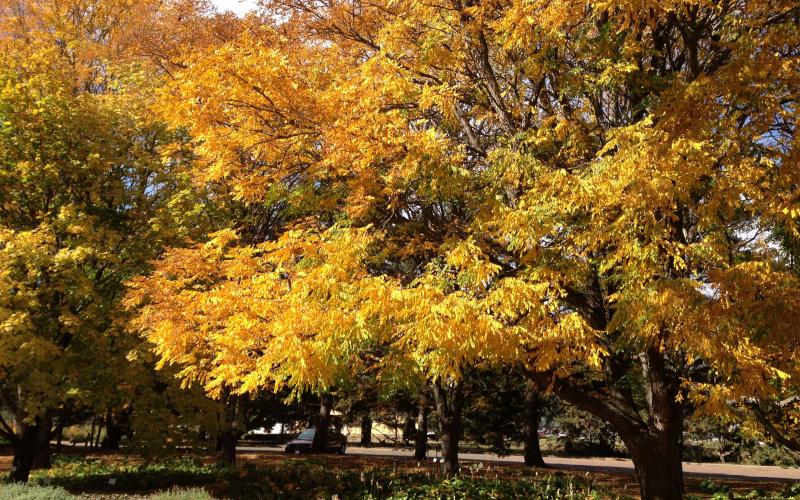
Kentucky Coffeetree
Kentucky Coffeetree (Gymnocladus dioicus) is a medium-sized tree that will fit into many landscapes and provide interest all year with its bark, leaves, flowers, fruit and even great fall color, if weather conditions are right.
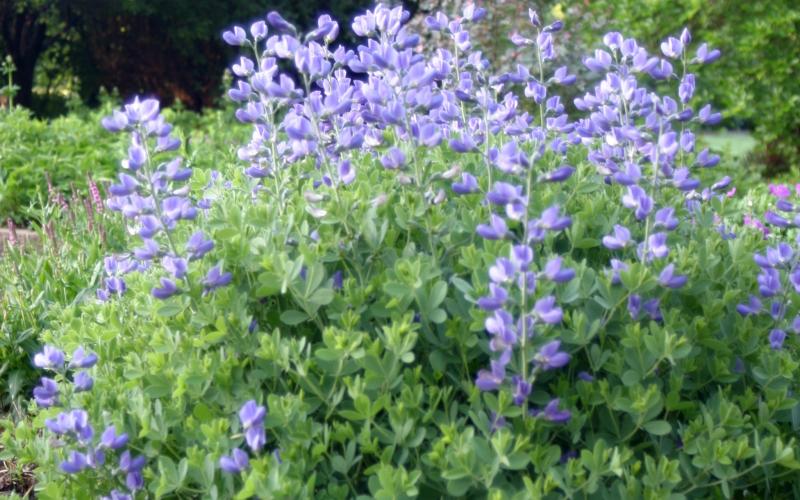
Baptisia
The plant for this week is Baptisia a.k.a. “false indigo”, “white indigo” and “yellow indigo”. This is a hardy perennial for the Northern Great Plains that is easy to grow, has multiple seasons of interest and lives for many years. They are actually native to the US but usually are found in somewhat warmer climates.
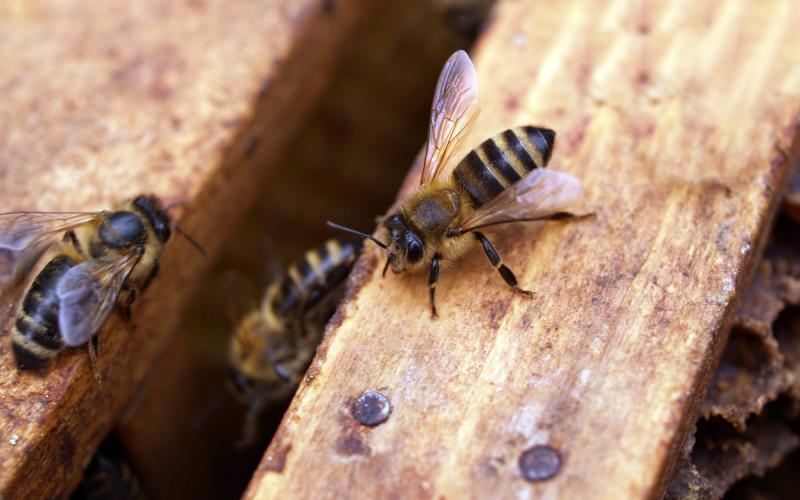
Backyard Biodiversity: Nest boxes for native bees
Many of our native bee species are solitary. In order to ensure that these kinds of bees spend more time in our yards and gardens, it is important to make sure we include places for them to nest.
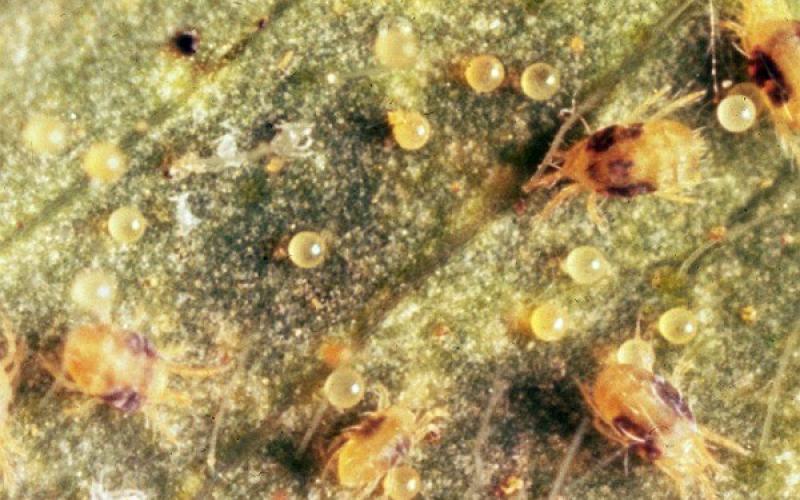
Check Your Houseplants for Pests
Houseplants are susceptible to a variety of pests. The following article outlines some of the more common household pests, including: spider mites, mealybugs, and scale. We will discuss strategies for scouting out and managing these pests to avoid prolonged damage to your houseplants.